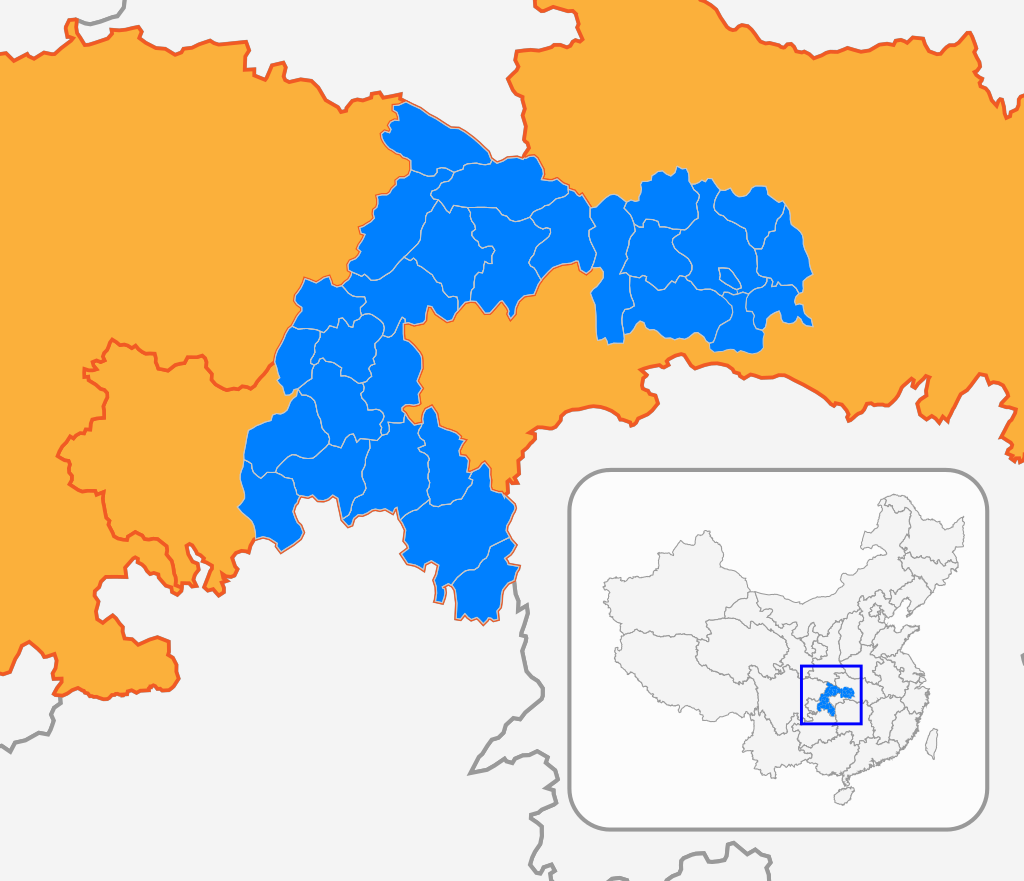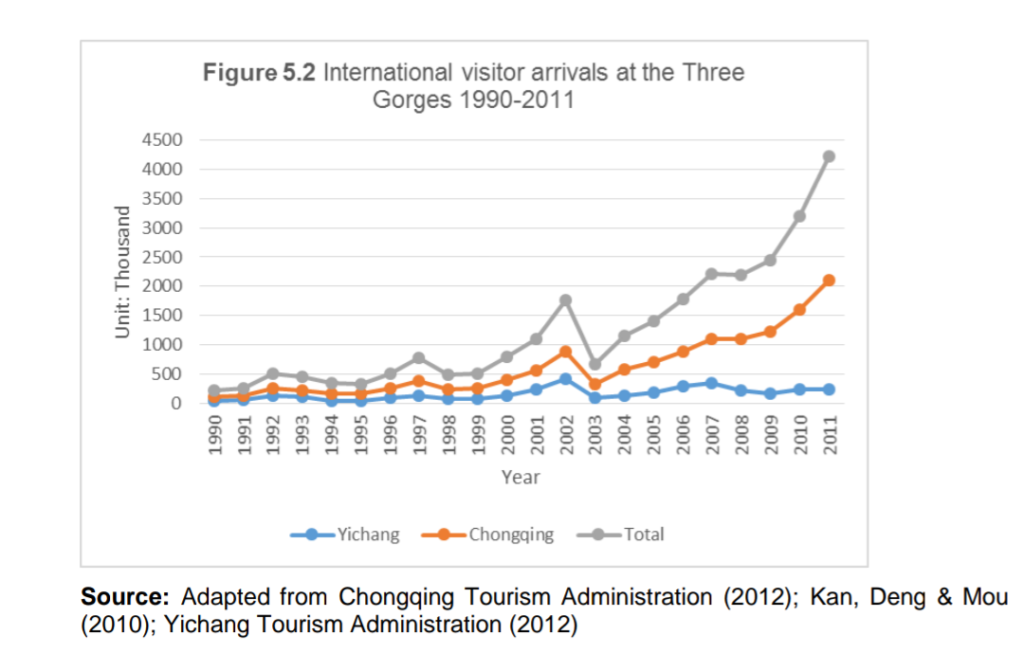Three Gorges Reservoir Region and tourism opportunities

After my first article for the “Galileo Observer”, where I focused on the Sino-European current situation regarding tourism, now I would to switch focus on a specific region that affects the whole Municipality of Chongqing, called the “Three Gorges Reservoir Region.”
This Region is important for the economic development of Chongqing for several reasons: first of all, it includes the Three Gorges Dam (三峡 大坝), the largest hydroelectric plant in the world, something that once was just believed to a dream, but that today is
Secondly, it forms an interesting industrial region in the initial and central part of the Yangtze River course, and it is a place where the Government of the Municipality is implementing important reforms aimed at reducing poverty. The Three Gorges Project, as pointed out by Webber, (Michael Webber, 2012, The political economy of the Three Gorges Project, in Geographical Research, 50:2, 154-165 ) has finally a great economic impact on the region.
The Three Gorges are one of the key national scenic locations in Chongqing. Since 2001, the Three Gorges Scenic Area has been included in UNESCO’s “World heritage tentative list”, which collects cultural and historical places still under the scrutiny of experts for a future possible entry into the official list. Mountains and water create an extremely fascinating combination along the Yangtze River route. As described on the UNESCO site:
“The gorges themselves are 193 km long and cover an area of 1208 km2, including Wuxia gorge, Qutang gorge, Xiling gorge and some wide valleys between these gorges. Qutang Gorge is 8 km long and is celebrated for its magnificent, peculiar and precipitous scenery in the world; Wuxia Gorge is 42 km long and is serene and secluded and presents a panorama of lovely scenery; and Xiling Gorge is 66 km long and is known for its dangerous rugged shoals and the turbulent waters. Recorded in the Three Gorges area. The mountains and water in the Three Gorges are in various postures and are a mysterious natural gallery. “(UNESCO, 2001)”
Fascinated by the beauty of this land, many Chinese poets and writers have composed poems to celebrate the complexity of its territory through writings and memorable verses. Among the many, it is interesting to mention Li Bai, Du Fu, Bai Juyi (of the Tang Dynasty), Su Xun, Su Shi, Su Zhe and Lu You (of the Song Dynasty) and the great helmsman Mao Zedong. There are also numerous inscriptions on the rocks, as emphasized by the Yichang government website.

The region is of particular importance in terms of tourism. As claimed by numerous other scientific publications, which
Tourism sector in the Region has undergone several phases over the years. In 1982, the Three Gorges were chosen by the Chinese government as one of the first “Key national scenic spots.” Together with the Forbidden City, the landscape of Guilin, the Terracotta Army of Xi’an, the Three Gorges brand became famous all over the world. In the following years, however, it experienced a period of progressive difficulties, due to the numerous reforms adopted at

If we look in particular at the data collected by the Chongqing Tourism Administration and the Yichang Tourism Administration, the total number of international tourists who visited the Three Gorges has gone up from 111 thousand in 1991 to over two million in 2011, achieving a significant result.
The growth in the number of tourists has not been gradual but has undergone recurring up and downs over the years. According to Zheng Qiying (Zheng Qiying, 2015, Crisis management, tourism and the Three Gorges Dam, Thesis submitted for the Doctor of Philosophy at the University of Lancashire ) the reasons for this change are mainly three: the construction of the Three Gorges Dam, the lack of cooperation between the Chongqing Government and the Yichang Government, and finally some events which have had a global impact on the tourism sector – namely, the 9/11 attacks in the United States, the Asian financial crisis of 1997-98, the SARS outbreak in 2003, the earthquake in Wenchuan of 2008 and the global crisis of 2007-08. The greatest growth in the figures in the figure can be seen from 2008 to 2011, when the number of tourists almost doubled: in that case, according to Zheng, the completion of the Three Gorges Dam in 2009 and the successful water storage to 175 meters in the Three Gorges reservoir in 2010 marked the beginning of the new Three Gorges Tourism (Zheng Qiying, op.cit., p.149 ).
In further researches it would be very interesting and useful to understand how the Three Gorges Area festivals can attract not only Chinese tourists, but also foreigners and in particular Italians.

Marco Bonaglia is an Italian
You can find his article for “Galileo Observer” at this link
You can also add him on WeChat: Italocalvino89




